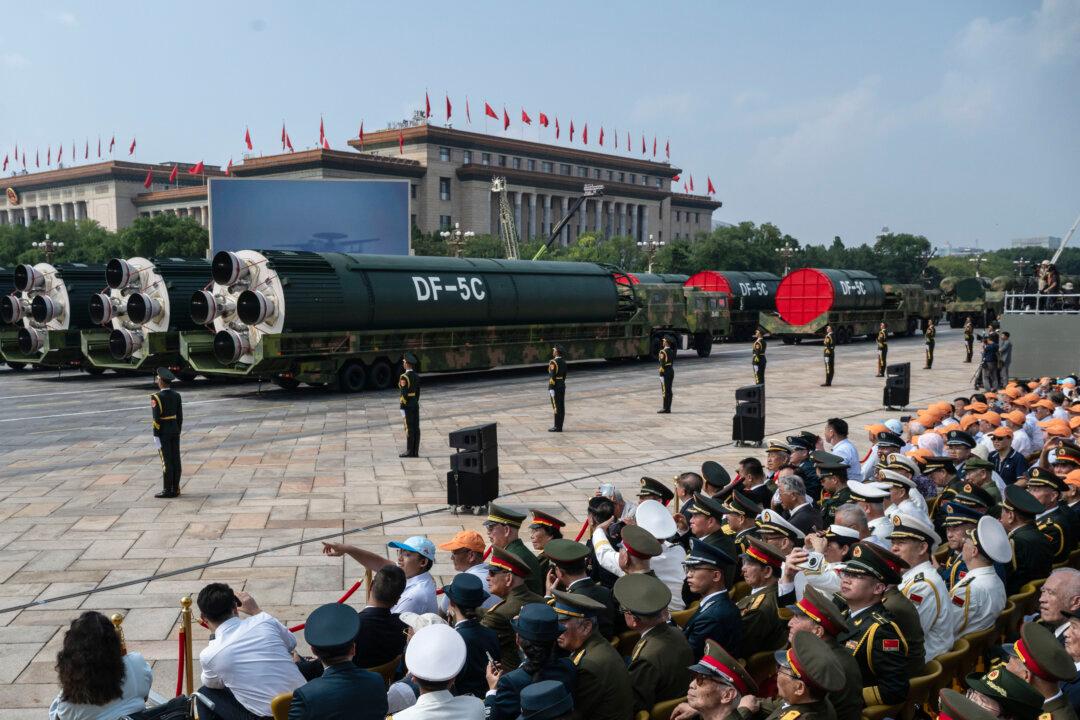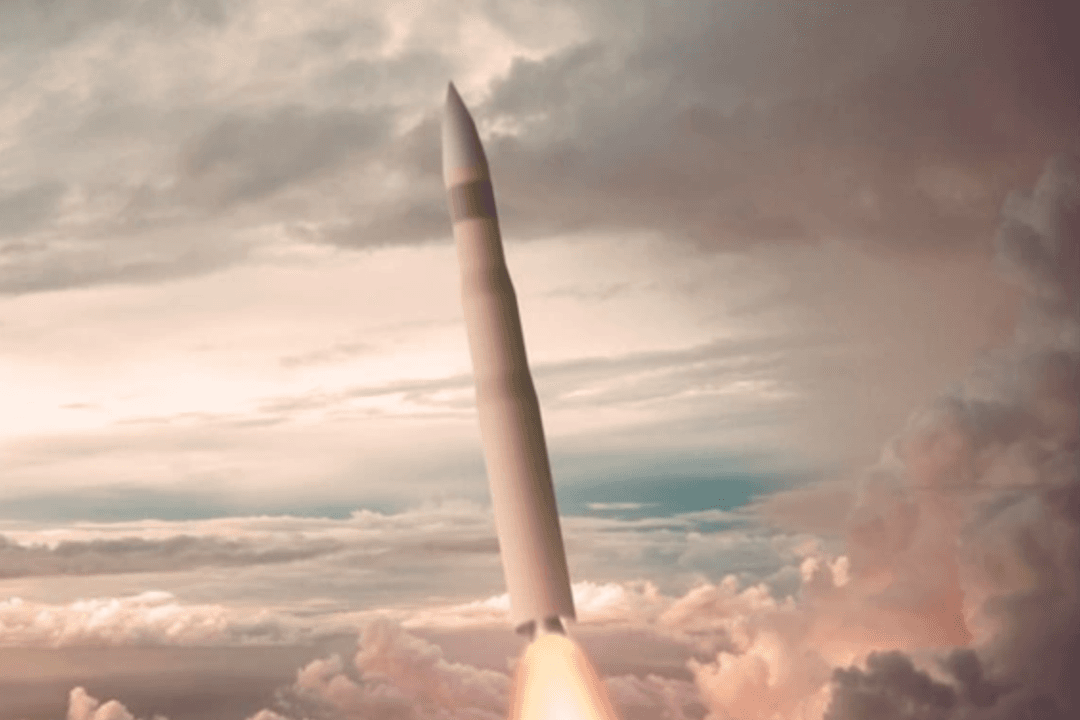Commentary
This essay explores two very important issues. First, can missile defenses be deployed simultaneously with nuclear arms reductions? Secondly, can limited missile defenses credibly defeat nuclear missile threats? My answer is a “yes” to both questions, with an important caveat. While Russia and China both have adopted the threat of limited coercive missile strikes as policy, and U.S. missile defenses, if improved can continue to credibly deter such threats, other critically important threats remain that require continued robust strategic nuclear modernization and advanced integrated air and missile defenses utilizing a wide range of technologies and capabilities not currently part of the U.S. arsenal.





